Apple Tasting & Foliage Drive, VT Route 100
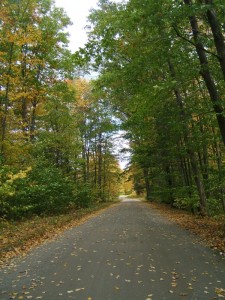
With Columbus Day weekend comes peak foliage in northern New England, and this year Elisa and I decided to explore the southern half of Vermont State Route 100. Inspired by the September/October issue of Yankee magazine, which did an article on traveling Route 100, we had made a dry run back in September just to make sure the drive would live up to its hype. Columbus Day weekend came blessed with a good weather forecast, and we left the house early on Sunday morning in order to make it to Dummerston in time for the 10:00 am apple tasting at Scott Farm. The inside of the barn had been renovated since we were last there, and tables were filled to overflowing with a generous representative sample of the seventy varieties of heirloom apples that are grown at the farm under the watchful eye of Zeke Goodband, the orchardist.
There were some nice homemade breakfast pastries and cakes, along with hot apple cider and coffee. Armed with food, drink, with a list of the apples we would soon be tasting, we took our seats and waited for the apple tasting to begin.
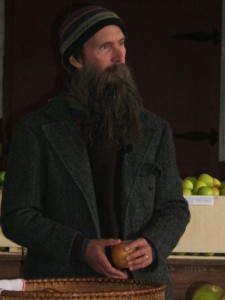
Zeke has an encyclopedic knowledge of apples, and he was more than happy to share it. First he introduced us to the other people that were assisting with the event, and then he called in the orchard workers and introduced them as well. He went on to give a detailed explanation of how specific varieties of apples are maintained, which is exclusively through cuttings from existing trees and the process of grafting, as the odds that the seeds inside a particular variety of apple will produce a tree bearing fruit of the same variety hovers right around zero.
He spoke also of his early years in Maine where he would find particular heirloom varieties of apples in abandoned orchards and then make deals with the landowners to get permission to care for the trees, take cuttings, and harvest the apple crop in exchange for a percentage of crop’s income.
He briefly spoke about Leominster, Massachusetts native John Chapman (better known as Johnny Appleseed), mentioning that Chapman was a missionary of the Swedenborgian Church, and believed that the process of grafting that was used by apple growers was against the wishes of God. He also noted that so far as is known, and despite a seed catalog or two’s claim to the contrary, no known variety of apple currently exists from any tree grown from seed by Chapman.
He explained that the dominant New England Apple until 1933 was the Baldwin, but that a harsh winter that year killed much of the trees in New England’s Baldwin orchards, and many farmers switched to the Macintosh, a variety from eastern Canada that was thought to be a heartier tree.
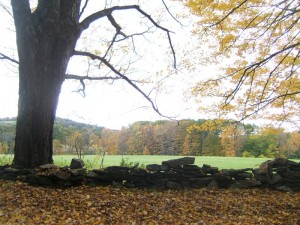
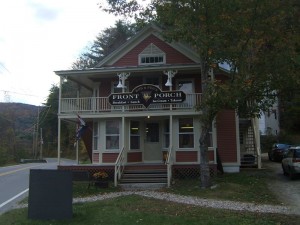
During all of these stories, he introduced us to each apple to be tasted, explaining for example that a variety that includes the word “pippin” means that the variety was originally grown from seed. We were able to taste the English variety Cox’s Orange Pippin, which Elisa and I both thought was quite good. In total we tried sixteen different heirloom varieties. Of those, Elisa and I thought that the Holstein, Ribston Pippin, Hudson’s Golden Gem, Roxbury Russet, and the Baldwin were the best. After the tasting was over we purchased half a peck of Calville Blanc d’Hiver apples, a French variety from the fifteenth century that is a particularly good cooking apple. We plan on using them in apple tarts and perhaps an apple pie.
From there we picked up a little-used, narrow and twising unpaved road called Dutton Farm Road that cuts over to Route 30, which allowed us to reach Route 100 and began our trek north. The picture on the right is a photograph of a field along Dutton Farm road.
We stopped for a late lunch in Wardsboro at a diner called Bob & Peg’s Front Porch. The food was basic American fare, but the quality was good and the service was great–it was a lucky choice.
Many of the towns along the southernmost parts of Route 100 are ski towns, albeit small ones. These once sleepy villages have been overrun a bit with hotels, pizza places, and sports and apparel stores. We went by quite a few places having preseason sales on ski equipment, but continued north, as we were primarily interested in looking at foliage.
The trees did not disappoint, although I think it is important to point out that there is no perfect ‘peak’ foliage experience. No matter where you are during foliage season some trees, particularly sick trees and trees near water, will be further along than others, and different kinds of trees will also not peak all at the same time. That said, we were as close to peak as we could hope for and the foliage was beautiful, particularly when viewed across open fields and along the shores of lakes and the banks of rivers.
… the foliage was beautiful, particularly when viewed across open fields and along the shores of lakes and the banks of rivers
Continuing further north, we came to Weston, where the Vermont Country Store is located. The entire town was an absolute sea of humanity–it reminded me of a slightly more palatable version of North Conway, New Hampshire, a once beautiful place virtually destroyed by the onslaught of factory outlet strip malls. We made it through the town center and were relieved to see it growing ever smaller in our rear-view mirrors. After that we came to a beautiful series of lakes (Reservoir Pond, Rescue Lake, Echo Lake, and Amherst Lake) a few miles north of the town of Ludlow. Here the foliage was particularly beautiful, and we slowed down quite a bit to enjoy the scenery.
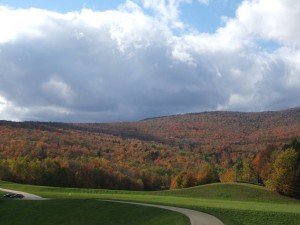
After that we continued north, stopping occasionally to take a few snapshots of the foliage until we reached the junction with Route 107. At that point, based on the time of day, we decided to take 107 over to I-89 and head home via I-89 south and I-91 south. Route 107 was also a pleasant surprise, as it ran along the banks of the White River until it reached I-89. Even as we drove south along the interstates, the views of Vermont to the west and New Hampshire to the east were often breathtaking. We couldn’t have asked for a better day.

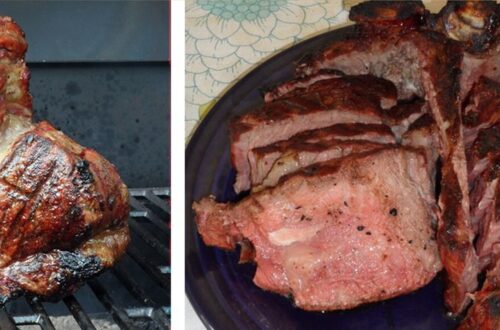
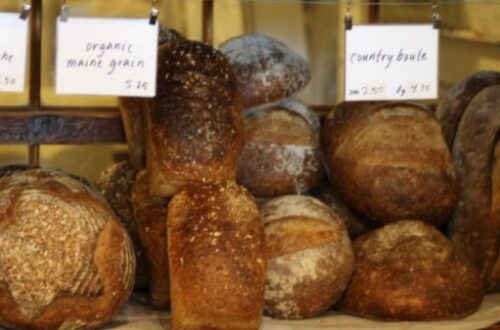
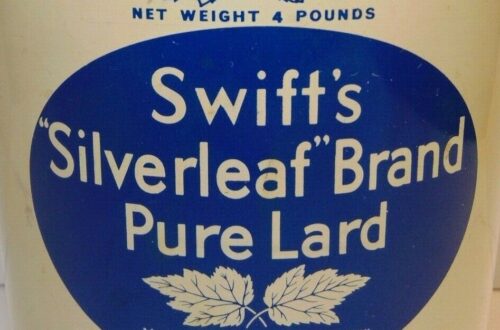
One Comment
Hasna’a
شكرا لكم